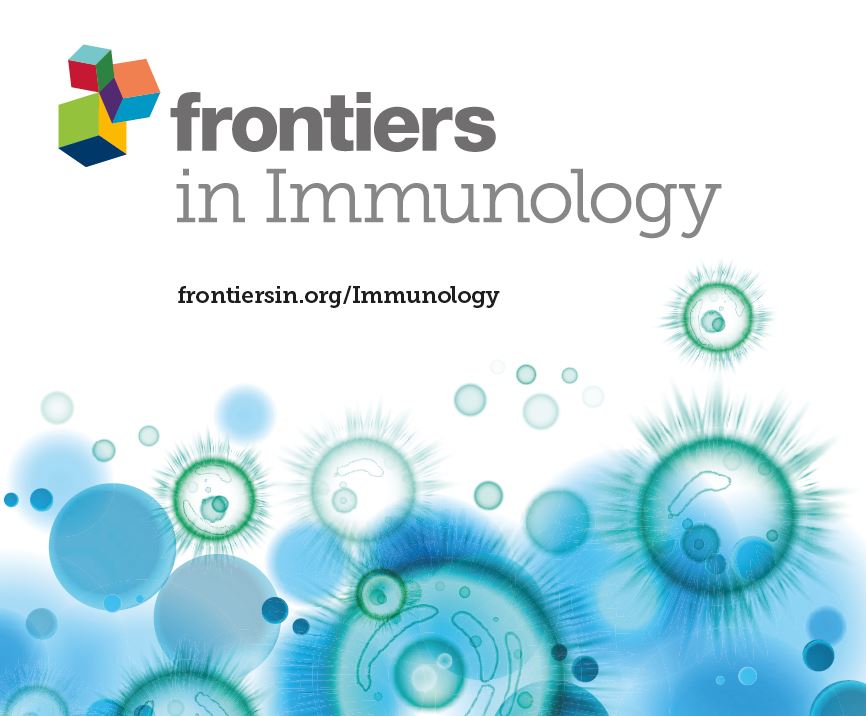从单细胞到空间转录组学:胶质瘤干细胞生态位解码及其临床意义
IF 5.7
2区 医学
Q1 IMMUNOLOGY
引用次数: 0
摘要
背景神经胶质瘤是一种侵袭性脑肿瘤,预后较差。癌症干细胞(CSCs)在肿瘤复发和抗药性方面发挥着重要作用。本研究旨在识别胶质瘤干细胞(GSCs)并确定其特征,分析它们与各种细胞类型的相互作用,并建立预后特征。方法分析来自44个原发性胶质瘤样本的单细胞RNA测序数据,以识别GSC群体。进行了空间转录组学和基因调控网络分析,以研究 GSC 的定位和转录因子活性。还进行了细胞聊天(CellChat)分析,以推断细胞间的交流模式。利用机器学习算法对来自多个队列的大量RNA测序数据进行分析,开发出了GSC特征(GSCS)。结果发现了一个独特的GSC群体,其特点是增殖潜力高,富含E2F1、E2F2、E2F7和BRCA1调控子。GSC在空间上与髓源性抑制细胞(MDSC)相近。CellChat分析显示,GSCs和MDSCs之间存在活跃的MIF信号通路。与现有的预后模型相比,26 个基因的 GSCS 表现出更优越的性能。这项研究全面描述了GSCs及其与MDSCs之间的相互作用,同时提出了一个强大的GSCS。研究结果为胶质瘤生物学提供了新的见解,并确定了潜在的治疗靶点,特别是 TUBA1C,旨在改善患者的预后。本文章由计算机程序翻译,如有差异,请以英文原文为准。
From single-cell to spatial transcriptomics: decoding the glioma stem cell niche and its clinical implications
BackgroundGliomas are aggressive brain tumors associated with a poor prognosis. Cancer stem cells (CSCs) play a significant role in tumor recurrence and resistance to therapy. This study aimed to identify and characterize glioma stem cells (GSCs), analyze their interactions with various cell types, and develop a prognostic signature.MethodsSingle-cell RNA sequencing data from 44 primary glioma samples were analyzed to identify GSC populations. Spatial transcriptomics and gene regulatory network analyses were performed to investigate GSC localization and transcription factor activity. CellChat analysis was conducted to infer cell-cell communication patterns. A GSC signature (GSCS) was developed using machine learning algorithms applied to bulk RNA sequencing data from multiple cohorts. In vitro and in vivo experiments were conducted to validate the role of TUBA1C, a key gene within the signature.ResultsA distinct GSC population was identified, characterized by high proliferative potential and an enrichment of E2F1, E2F2, E2F7, and BRCA1 regulons. GSCs exhibited spatial proximity to myeloid-derived suppressor cells (MDSCs). CellChat analysis revealed an active MIF signaling pathway between GSCs and MDSCs. A 26-gene GSCS demonstrated superior performance compared to existing prognostic models. Knockdown of TUBA1C significantly inhibited glioma cell migration, and invasion in vitro , and reduced tumor growth in vivo .ConclusionThis study offers a comprehensive characterization of GSCs and their interactions with MDSCs, while presenting a robust GSCS. The findings offer new insights into glioma biology and identify potential therapeutic targets, particularly TUBA1C, aimed at improving patient outcomes.
求助全文
通过发布文献求助,成功后即可免费获取论文全文。
去求助
来源期刊

Frontiers in Immunology
IMMUNOLOGY-
CiteScore
9.80
自引率
11.00%
发文量
7153
审稿时长
14 weeks
期刊介绍:
Frontiers in Immunology is a leading journal in its field, publishing rigorously peer-reviewed research across basic, translational and clinical immunology. This multidisciplinary open-access journal is at the forefront of disseminating and communicating scientific knowledge and impactful discoveries to researchers, academics, clinicians and the public worldwide.
Frontiers in Immunology is the official Journal of the International Union of Immunological Societies (IUIS). Encompassing the entire field of Immunology, this journal welcomes papers that investigate basic mechanisms of immune system development and function, with a particular emphasis given to the description of the clinical and immunological phenotype of human immune disorders, and on the definition of their molecular basis.
 求助内容:
求助内容: 应助结果提醒方式:
应助结果提醒方式:


